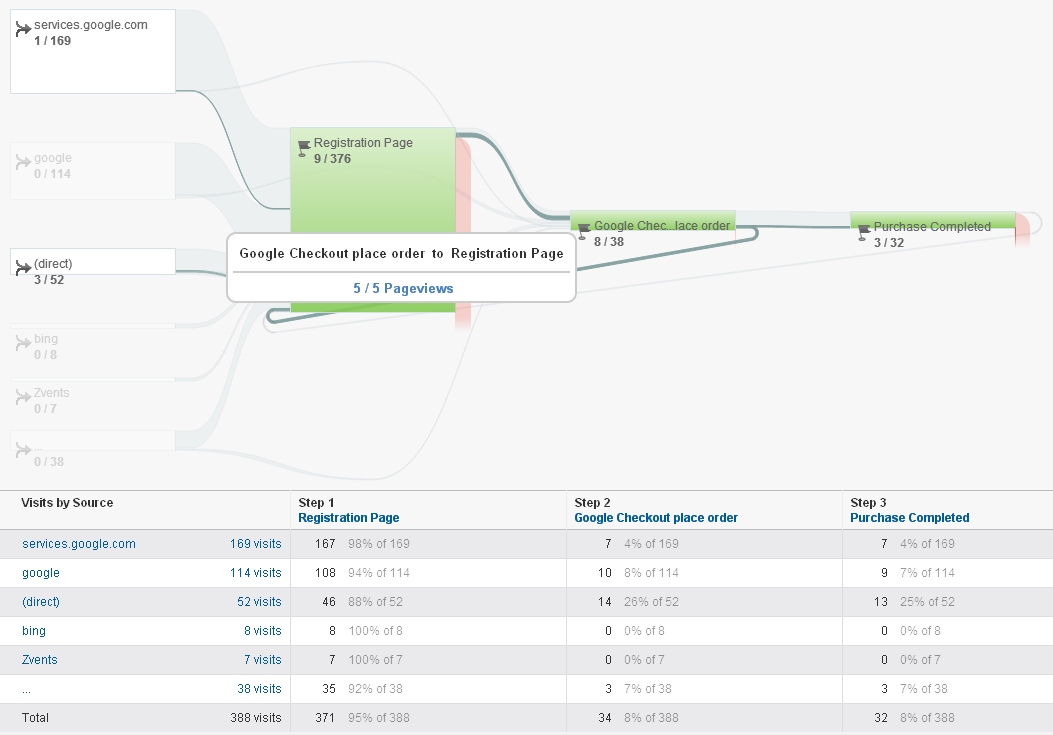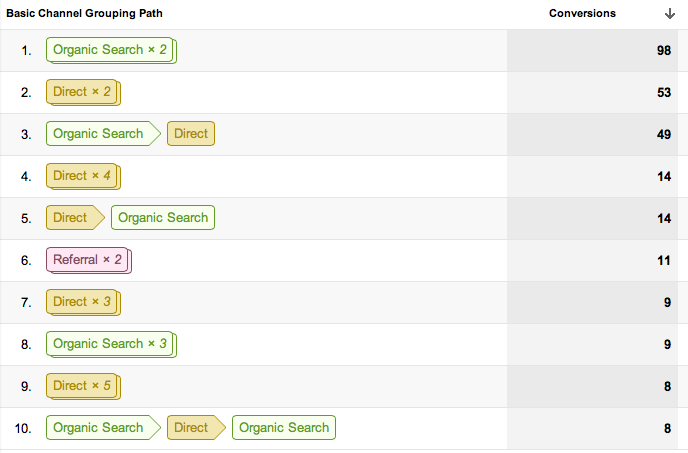Comprehensive Checklist of What Data Is Google Analytics Goals Unable to Track
Comprehensive Checklist of What Data Is Google Analytics Goals Unable to Track
Blog Article
Discover the Limitations of Google Analytics Goals: Introducing the Data Types That Remain Untrackable
As businesses increasingly rely upon data-driven decision-making, understanding the constraints of tools like Google Analytics comes to be vital. While Google Analytics Goals deal important understandings into customer communications, there exist data types that avoid tracking, presenting challenges to a thorough understanding of user habits. These untrackable information kinds question about the accuracy and completeness of the analytics data that companies greatly trust for their electronic techniques. Interested to discover the hidden dead spots in your data evaluation procedure?
Insufficient Customer Journey Tracking
Incomplete user journey monitoring within Google Analytics can prevent the capacity to accurately assess individual behavior. When the user journey is not completely tracked, there are spaces in the data that prevent a detailed understanding of just how individuals engage with an internet site. This absence of understanding can cause missed out on chances for optimization and renovations to the customer experience.
One common issue with incomplete customer journey tracking is the failure to see the full path that individuals take before completing a goal or leaving the site. Without this information, it is testing to identify where users might be coming across challenges or friction factors that prevent them from transforming. In addition, insufficient monitoring can obscure the impact of particular advertising efforts or website changes on individual habits.
To address this constraint, it is critical to establish proper monitoring systems within Google Analytics to capture the whole customer journey. This might entail establishing occasion tracking, goal funnels, or making use of tools like Google Tag Supervisor to guarantee that no essential communications go unrecorded. By acquiring a thorough view of the user trip, website proprietors can make more enlightened decisions to enhance customer interaction and drive conversions.
Acknowledgment Obstacles
Navigating with acknowledgment difficulties in Google Analytics needs an extensive understanding of just how various touchpoints add to the total conversion process. Attribution challenges occur from the complexity of modern-day consumer trips, where users engage with numerous networks before converting.
One common acknowledgment difficulty is the difficulty in connecting conversions to the right source, specifically in cases where individuals connect with several channels prior to converting. Furthermore, cross-device tracking poses one more acknowledgment difficulty, as users commonly change between tools during their trip, making it challenging to track their communications effortlessly.
Offline Conversions
Provided the challenges related to associating conversions properly in online channels, the measurement of offline conversions provides a significant chance for marketing experts seeking a more thorough understanding of their consumers' journey. Offline conversions describe actions that customers absorb the physical globe, such as making purchases in brick-and-mortar shops or over the phone, attending events, or involving with published products - what data is google analytics goals unable to track. These conversions are important for organizations that operate both online and offline, as they provide important understandings into the effectiveness of advertising and marketing projects across numerous touchpoints
Tracking offline conversions typically presented a substantial challenge for marketers, as it was challenging to connect these actions back to particular on the internet communications properly. With advancements in modern technology, such as the combination of CRM systems, unique identifiers, and discount coupon codes, companies can now link the void in between online and offline data to obtain a more alternative view of consumer behavior. By effectively gauging offline conversions, marketing professionals can enhance their techniques, assign resources more effectively, and inevitably boost the general consumer experience.
Cross-Device Monitoring
Cross-device monitoring plays an essential role in understanding the interconnected nature of consumers' digital interactions across numerous devices. useful reference In today's omnichannel world, where users effortlessly change in between tablet computers, smart devices, and desktop computers, tracking their actions throughout these devices is crucial for online marketers to gain a detailed sight of their client trip.

Moreover, personal privacy worries and policies such as GDPR and CCPA have further difficult cross-device tracking. With individuals demanding even more control over their data and enhanced constraints on tracking innovations, marketing experts have to discover innovative and privacy-compliant methods to connect customer interactions throughout devices.
Dynamic Material Interaction
Comprehending user involvement with dynamic web content is essential in enhancing digital advertising techniques for boosted target market interaction. Dynamic content describes site aspects that alter based on customer actions, choices, or other variables, offering a tailored experience. Tracking individual communications with dynamic content presents difficulties for conventional analytics tools like Google Analytics.
While Google Analytics can track fundamental communications like clicks and web page sights, it may battle to catch even more nuanced involvements within vibrant material. what data is google analytics goals unable to track. Metrics such as time invested in specific dynamic aspects, hover actions, or communications within pop-ups are typically not quickly quantifiable utilizing basic tracking techniques. This restriction hinders marketing experts' capacity to totally grasp just how individuals are engaging with vibrant content and customize their strategies as necessary

Final Thought
In verdict, Google Analytics objectives have restrictions in tracking incomplete individual trips, connecting conversions precisely, catching offline conversions, tracking cross-device communications, and gauging vibrant web content engagement. These constraints highlight the significance of exploring extra tracking techniques and tools to why not find out more gain a more extensive understanding of individual habits and conversions past what Google Analytics can offer.
While Google Analytics Goals offer important insights right into user interactions, there exist information kinds that thwart monitoring, positioning challenges Visit This Link to a detailed understanding of individual behavior.Incomplete customer journey monitoring within Google Analytics can impede the capacity to accurately evaluate user behavior. When the customer trip is not totally tracked, there are voids in the data that avoid a detailed understanding of just how individuals communicate with a site.One usual concern with insufficient user trip tracking is the failure to see the full course that individuals take previously completing a goal or leaving the website. By obtaining a detailed view of the user trip, website owners can make more informed choices to improve individual interaction and drive conversions.
Report this page